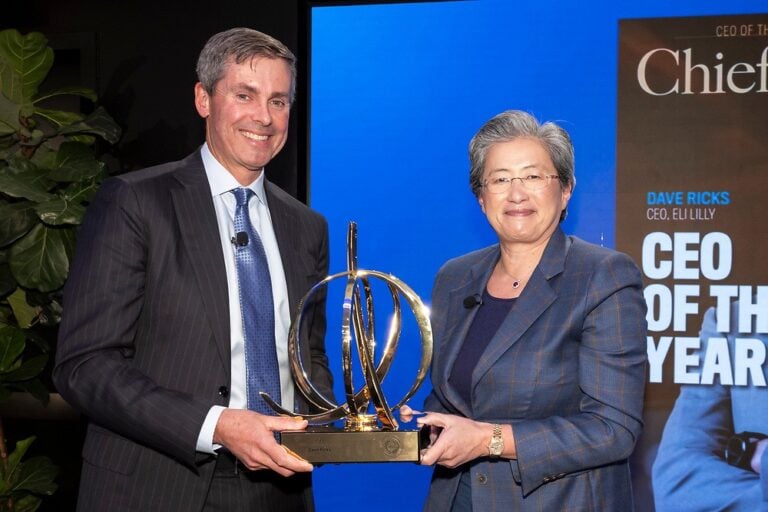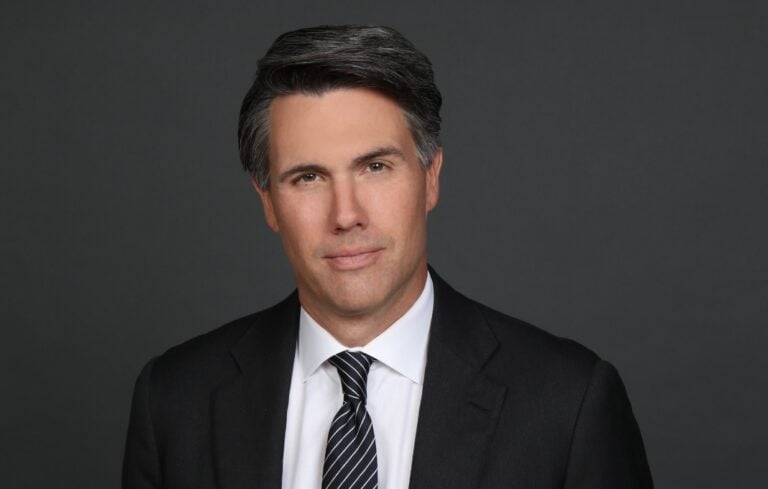


For the past year, our executive team has been working 70+ hours a week, including many weekends, to build and transform Lift Solutions into an industry-disrupting national crane, crane service and below-the-hook company. We’re determined, aggressive and engaged.
But occasionally, we’re also frustrated, weary and flat. Transforming a company is daunting. Burnout is real. I’ve seen it in some team members, experienced it first-hand, and know the damage it can cause if ignored or wished away.
Burnout represents more than simply feeling tired at work. As the World Health Organization cites, burnout is an “occupational phenomenon” that burdens employees, challenges their managers, and cripples companies. Research has proven that burnout manifests in symptoms such as irritability and insomnia, can lead to medical issues such as high blood pressure and heart disease, and even might change our brains. Meanwhile, burnout cost companies as much as $190 billion a year in healthcare spending before the pandemic. It contributed to chronic depression and anxiety, costing the world economy as much as $500 billion and 550 million work hours annually.
Burnout is a complicated phenomenon with many contributing factors; I won’t address all of them here. But understanding its causes and identifying its symptoms can help leaders address and mitigate burnout more effectively. Here’s how I’m challenging burnout in the workplace, including my own.
I have met burnout personally. Earlier in my career, while running a distressed business struggling to make payroll, I labored with a constant tension that left me feeling both engulfed and withdrawn. The relentless pressure caused me to miss Christmas dinner with my family. Training my focus on adding value to the business, instead of the daily calls and data requests, would have helped.
Thankfully, one board member, a former CEO who had been through something similar, lent an empathetic voice and ear. He told me that I wouldn’t fully recover until I was out of the situation. He was right. The experience, though, was an education. I learned to focus on tasks that move the business needle. Preparing a report because “corporate” requested it often begins the path to burnout.
At Lift Solutions, our team of high-performing talent is dedicated to changing the culture of our business. The team is fierce and motivated. Still, burnout is top of my mind daily. So, I often conduct check-ins with team members looking for signs of burnout: exhaustion, impatience, short tempers, or disengagement. These can be simple calls, but I prefer meetings in-person to assess their situation. How’s their body language? Are they tired or irritable? Do they say yes to everything? When I recently recognized some of those signals in a conversation with a general manager, I acknowledged it and encouraged him to unplug for the weekend. When team members know they’re not alone, some of the burden can be lifted.
Burnout encompasses much more than exhaustion. Groundbreaking research conducted by Christina Maslach and Michael P. Leiter added two more categorical effects: cynicism or detachment and ineffectiveness. In other words, employees don’t merely get tired at work. They also actively disengage from work or feel unworthy of performing it.
Gallup found in a 2020 survey that 96 percent of employees experience some burnout at work, making it a naturally occurring phenomenon. However, it’s troubling that 28 percent confront it “very often” or “always.”
These results suggest that burnout is tied to more than overwork. Too often, we frame burnout as a function of overloaded hours and tasks when employees tell us that engagement and support matter more. As Gallup found, some of the leading causes of burnout are unfair treatment, unclear manager communication, and lack of manager support. In fact, Gallup noted that ineffective managers cause more burnout than they prevent. No wonder that manager burnout is increasing as well.
Researchers who study burnout are learning more about its causes and solutions. One critical point they make: Burnout should not be an employee-focused issue.
Leaders tend to treat burnout as a problem for employees to solve through our well-meaning suggestions. I encourage stressed team members to log off for a weekend, set their phones to “Do Not Disturb,” and allow their minds to wander from the office. I recommend sunshine. Other leaders call for a “snow day,” organize happy hours or simply close their offices for a period.
Over the past decade, and particularly during Covid, many companies invested in mental health resources to help employees address anxiety and burnout. Access to wellness programs, well-being content and medical professionals gives employees some agency over workplace stress. Employees value this support, as the American Psychological Association found. Seventy-one percent of employees say their companies are more concerned with mental health today, and 81 percent cite that as a consideration for vetting future employers.
Yet these methods also can place most of the burnout burden on employees themselves. To properly address burnout, leaders must be more proactive than reactive. For example, the APA found employees want flexible work environments, a culture that respects time off, and even opportunities for four-day work weeks. Leaders certainly should be open to negotiating these options. But within this framework of how employees want to work, leaders must give them a Why for being there.
I’ve found that employees, managers and leaders who feel inspired and supported do better work. Inspiring team members doesn’t require grand gestures. Even the simple act of delivering positive words (“Outstanding!” “Congratulations!”) in a strong voice works wonders. Such grace notes affirm to team members that their work matters and that they’re part of a culture that values them. For me, this represents the centerpiece of combating burnout.
Leaders simply can’t address workplace burnout with wellness programs and expect employees to thrive. Instead, they must root out the underlying causes, which can include unsupportive leadership, lack of diversity and inclusion, lack of defined objectives, and little opportunity for self-determination. When these conditions fester, they lead to a toxic workplace, which McKinsey called the leading predictor of burnout symptoms.
As McKinsey further noted, “Employers can and should view high rates of burnout as a powerful warning sign that the organization—not the individuals in the workforce—needs to undergo meaningful systematic change.”
Adults say “I’m fine” 14 times per week, but only 19 percent of them genuinely mean it, according to a study from the U.K. And nearly half of the 1,500 respondents to a Harvard Business Review said they don’t feel comfortable discussing mental health at work. By avoiding or discouraging such conversations, we’re encouraging burnout. Hyperconnectivity is conditioning us further to prioritize work over self, which is accelerating burnout.
Listen, I love to work and choose to build teams with a similar ethos. The challenge of building a company and helping it realize its full potential thrills and energizes me. But as it does with everyone, work sometimes pushes me to the brink. When burnout flares, I audit my physical triggers, conduct a self check-in, and give myself a moment to recover. Sleep works wonders. Everyone should perform these actions. We all should. Leaders, however, have a larger responsibility to build cultures and systems empathetic to the conditions that cause burnout.
Leaders who build cultures that encourage initiative, value contribution, repel toxicity and cherish everyone will reduce the harm burnout causes their teams, their companies and themselves.



0

1:00 - 5:00 pm
Over 70% of Executives Surveyed Agree: Many Strategic Planning Efforts Lack Systematic Approach Tips for Enhancing Your Strategic Planning Process
Executives expressed frustration with their current strategic planning process. Issues include:
Steve Rutan and Denise Harrison have put together an afternoon workshop that will provide the tools you need to address these concerns. They have worked with hundreds of executives to develop a systematic approach that will enable your team to make better decisions during strategic planning. Steve and Denise will walk you through exercises for prioritizing your lists and steps that will reset and reinvigorate your process. This will be a hands-on workshop that will enable you to think about your business as you use the tools that are being presented. If you are ready for a Strategic Planning tune-up, select this workshop in your registration form. The additional fee of $695 will be added to your total.

2:00 - 5:00 pm
Female leaders face the same issues all leaders do, but they often face additional challenges too. In this peer session, we will facilitate a discussion of best practices and how to overcome common barriers to help women leaders be more effective within and outside their organizations.
Limited space available.

10:30 - 5:00 pm
General’s Retreat at Hermitage Golf Course
Sponsored by UBS
General’s Retreat, built in 1986 with architect Gary Roger Baird, has been voted the “Best Golf Course in Nashville” and is a “must play” when visiting the Nashville, Tennessee area. With the beautiful setting along the Cumberland River, golfers of all capabilities will thoroughly enjoy the golf, scenery and hospitality.
The golf outing fee includes transportation to and from the hotel, greens/cart fees, use of practice facilities, and boxed lunch. The bus will leave the hotel at 10:30 am for a noon shotgun start and return to the hotel after the cocktail reception following the completion of the round.